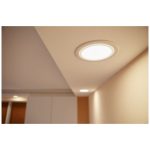Why LED Lights Buzz: Understanding the Common Causes and Solutions
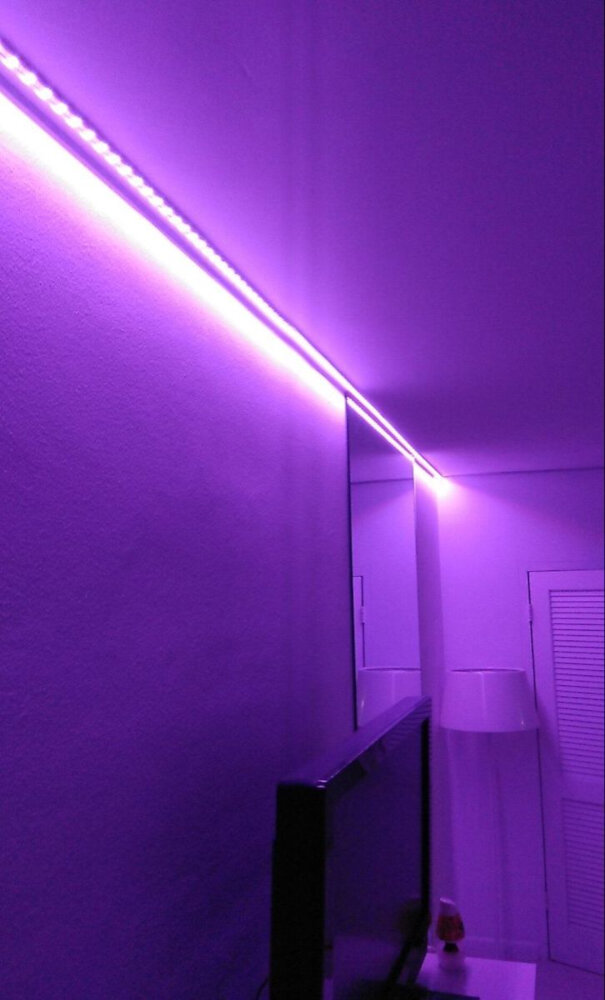
Illumination is an essential aspect of our lives, and as technology advances, so do our lighting solutions. LED lights have become increasingly popular for their cost-effectiveness and energy efficiency. However, one common issue that many people face with LED lights is buzzing. Buzzing LED lights can be annoying and distracting, and it is essential to understand the causes and solutions to alleviate this problem. The buzzing sound that LED lights produce can be caused by various factors, including the quality of the LED driver, the type of dimmer switch used, and the age of the bulb. Understanding the root cause of the buzzing will help you determine the best solution to eliminate the issue. In this article, we will explore the common causes of buzzing LED lights and provide you with practical solutions to fix the problem. So, let’s dive in and learn more about why LED lights buzz and how to fix it.
LED lights, or Light Emitting Diodes, have become increasingly popular in recent years due to their energy efficiency, longevity, and versatility. These lights work by using a semiconductor to convert electricity into light, which means they consume far less energy than traditional incandescent bulbs. Additionally, LED lights can last up to 25 times longer than incandescent bulbs, which makes them a cost-effective choice for both residential and commercial lighting needs. The versatility of LED lights also makes them popular, as they are available in a wide range of colors and can be used in a variety of lighting fixtures, from small desk lamps to large outdoor floodlights. Despite their many benefits, LED lights can sometimes produce an audible buzzing noise, but understanding the common causes and solutions can help to minimize this issue and ensure that LED lights continue to be a popular lighting choice.
LED lights are becoming increasingly popular due to their energy efficiency, longevity, and low heat emissions. However, one common problem that many people experience with LED lights is buzzing noise. This buzzing noise can be a nuisance and can even cause headaches in some individuals. There are several reasons why LED lights may produce a buzzing noise, including the quality of the LED driver, the wiring of the light fixture, and the dimmer switch used to control the light. Understanding the causes of LED buzzing noise is important in finding the right solution to ensure that you can enjoy the benefits of LED lighting without any unpleasant noise.
Voltage Fluctuations

Voltage fluctuations refer to the constant changes in voltage levels in an electrical circuit. These fluctuations are a common occurrence in electrical systems and can be caused by various factors such as sudden changes in load, environmental changes, and malfunctioning equipment. Voltage fluctuations can be harmful to electrical devices, especially sensitive ones like LED lights, as they can cause flickering, buzzing, and even damage to the device. To prevent voltage fluctuations, it is essential to ensure a stable power supply, proper wiring, and regular maintenance of electrical systems. Voltage fluctuations can also be caused by the presence of other electrical devices in the same circuit. For example, if an LED light and a refrigerator are connected to the same circuit, the sudden changes in the refrigerator’s motor can cause voltage fluctuations, leading to buzzing and flickering of the LED light. This can be resolved by isolating the circuit or using a voltage stabilizer to regulate the voltage levels. Overall, it is crucial to address voltage fluctuations to ensure the proper functioning and longevity of electrical devices, including LED lights. By understanding the common causes of voltage fluctuations and implementing appropriate measures, one can eliminate buzzing and flickering issues in LED lights and other electrical appliances.
Voltage fluctuations refer to the constant changes in voltage levels in an electrical circuit. These fluctuations can be caused by a variety of factors, including changes in the load on the circuit, fluctuations in the power supply, and issues with the wiring or connections within the circuit. When voltage fluctuations occur, they can cause a variety of problems for electrical devices, including LED lights. These problems can manifest in a number of ways, including buzzing or flickering lights, reduced lifespan of the bulbs, and increased energy consumption. In order to prevent voltage fluctuations and their associated problems, it is important to ensure that the electrical circuit is properly designed and installed, and that any issues with the wiring or connections are addressed promptly.
LED lights are one of the most popular and energy-efficient lighting options available today, but they are not immune to buzzing. Buzzing in LED lights can be caused by a variety of factors, including the type of dimmer switch used, the wiring in the circuit, or even the LED driver itself. These factors can cause the LED lights to flicker or emit a buzzing noise, which can be both annoying and distracting. To avoid this issue, it is important to choose the right type of dimmer switch and ensure that the wiring in the circuit is properly installed and grounded. Additionally, upgrading to a higher-quality LED driver can help to reduce buzzing and improve the overall performance of LED lights.
Voltage fluctuations can be a common problem that causes LED lights to buzz. However, there are a few solutions available to tackle this issue. One of the most effective solutions is to install voltage stabilizers or surge protectors. These devices regulate voltage and prevent sudden spikes or drops that can damage LED lights. Another solution is to upgrade the electrical system of your home or office to ensure it can accommodate the needs of LED lights. Additionally, you can switch to high-quality LED lights that are designed to withstand voltage fluctuations. By implementing these solutions, you can ensure that your LED lights operate smoothly and without any buzzing noise.
Dimmer Switches
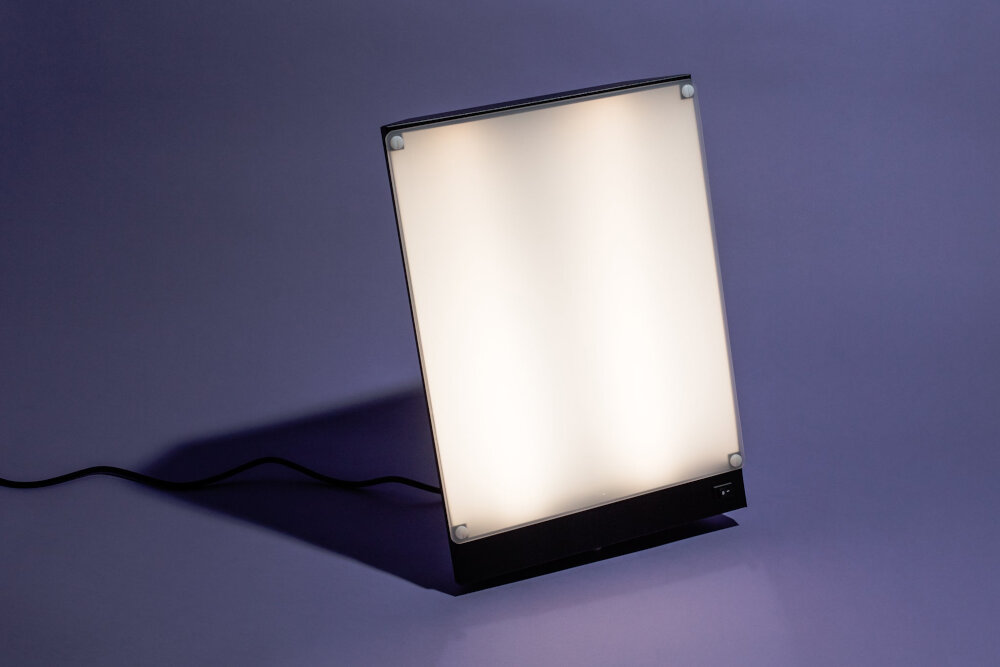
Dimmer switches are a popular choice for controlling the brightness of lights in a room. They allow for flexibility in lighting levels and can create a cozy ambiance for any occasion. However, when used with LED lights, dimmer switches can cause a buzzing noise that can be quite irritating. This is because LED lights require a specific type of dimmer switch that is compatible with their electronic drivers. Using the wrong type of dimmer switch can cause the LED lights to buzz or flicker, which can be a nuisance. To avoid the buzzing sound, it is essential to choose a dimmer switch that is specifically designed for use with LED lights. These switches are often labeled as LED compatible and are designed to work with the electronic drivers found in LED lights. Additionally, it is important to ensure that the dimmer switch is rated for the correct wattage of the LED lights being used. Installing the correct dimmer switch can significantly reduce the buzzing noise and improve the overall ambiance of the room.
Dimmer switches are devices used to adjust the brightness of a light source, such as LED lights. They work by controlling the amount of electricity that flows to the light fixture. The switch reduces the amount of power flowing to the bulb, which in turn reduces the brightness of the light. The dimming process can be gradual or sudden, depending on the type of dimmer switch being used. Some dimmer switches use a triac to control the power flow, while others use a transistor. When using an LED light with a dimmer switch, it’s important to choose a compatible dimmer switch to avoid issues such as buzzing or flickering.
Dimmer switches can have a significant impact on the performance of LED lights. Unlike traditional incandescent bulbs, LEDs require a constant flow of current to operate correctly. When a dimmer switch is used, it reduces the power supplied to the LED bulb by rapidly turning the power on and off. This can cause a buzzing or humming noise, flickering, or even damage to the LED bulb. To avoid these issues, it’s important to use a dimmer switch that is compatible with LED bulbs and to select LED bulbs that are specifically designed to be used with dimmer switches. Additionally, it’s essential to ensure that the total wattage of the LED bulbs used with the dimmer switch does not exceed the maximum wattage rating of the dimmer switch to prevent overloading and overheating.
Dimmer switches can be a great way to control the amount of light in a room, but they can also cause problems like buzzing or flickering. One solution to this problem is to replace the dimmer switch with a newer model that is designed to work with LED lights. Another solution is to replace the LED bulbs with ones that are compatible with the dimmer switch. It’s also important to make sure that the dimmer switch is properly installed and wired, as improper installation can cause issues. Additionally, using a surge protector or voltage regulator can help prevent power surges that can damage the dimmer switch and cause buzzing or flickering. By taking these steps, you can enjoy the benefits of dimmer switches without the headaches of buzzing or flickering lights.
Incompatible Fixtures
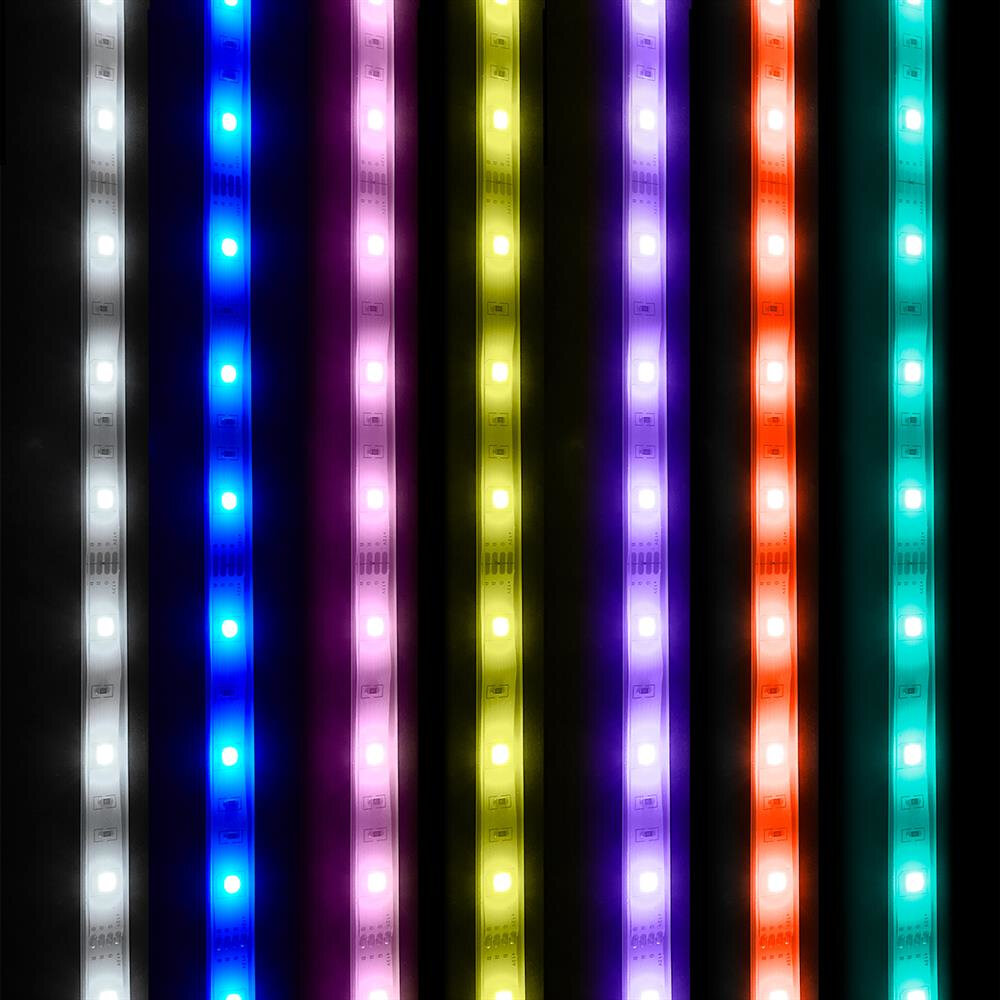
One of the common causes of buzzing in LED lights is incompatible fixtures. Each type of fixture is designed to work with specific types of bulbs. When you install an LED bulb in a fixture that is not compatible, it can cause issues like buzzing, flickering, or even not working at all. This is because the fixture may not be able to handle the amount of power that the LED bulb requires. For example, if you install an LED bulb that requires a higher voltage than the fixture is designed for, it can cause the circuit to overload, leading to buzzing or flickering. To solve this issue, you can check the manufacturer’s specifications for the fixture and ensure that the LED bulb is compatible. If not, you may need to replace the fixture or choose a different type of LED bulb that is compatible. Another factor to consider is the wiring of the fixture. If the wiring is not properly grounded, it can also cause buzzing or flickering in LED lights. This is because the electricity may not be flowing smoothly through the circuit, leading to interference or disruption. To solve this issue, you can hire a licensed electrician to inspect the wiring and ensure that it is properly grounded. They may also recommend replacing the wiring if it is old or damaged. By addressing these issues, you can reduce or eliminate buzzing in your LED lights and enjoy a more comfortable and efficient lighting experience.
Incompatible fixtures refer to the mismatch between the LED bulb and the light fixture, which can create buzzing or flickering issues. This problem typically occurs when homeowners replace their traditional bulbs with LED ones without considering the compatibility of the fixture. LED lights require different voltage and wattage levels than traditional bulbs, and if the fixture is not designed to accommodate these requirements, it can cause a buzzing sound. Additionally, some fixtures have built-in dimmers that are not compatible with LED bulbs, which can also cause flickering or buzzing. To avoid incompatible fixtures, it is recommended to check the compatibility of the LED bulb with the fixture before making a purchase.
Incompatible fixtures can have a significant impact on LED lights, causing problems such as buzzing, flickering, and even premature failure. When an LED light is installed in a fixture that is not designed for LED technology, it can lead to problems with the electrical current, resulting in the buzzing sound. This happens because the fixture may not be able to regulate the current properly, leading to fluctuations that cause the buzzing. Additionally, fixtures that are not designed for LED lights may not provide adequate heat dissipation, leading to overheating and potentially damaging the LED bulb. It’s essential to ensure that the fixtures you use are compatible with LED lights to prevent these issues from occurring.
Incompatible fixtures are a common cause of buzzing LED lights. One solution to this problem is to replace the existing fixture with one that is compatible with LED bulbs. It is important to choose a fixture that has a compatible dimmer switch, as many LED bulbs are not compatible with older dimmer switches. Another solution is to install a noise filter between the fixture and the bulb. This filter will help to reduce any interference that may be causing the buzzing sound. Additionally, using high-quality LED bulbs can also help to reduce the likelihood of buzzing, as they are less prone to interference than lower-quality bulbs. By taking these steps, it is possible to eliminate the annoying buzzing sound and enjoy the energy-efficient benefits of LED lighting.
Manufacturing Defects
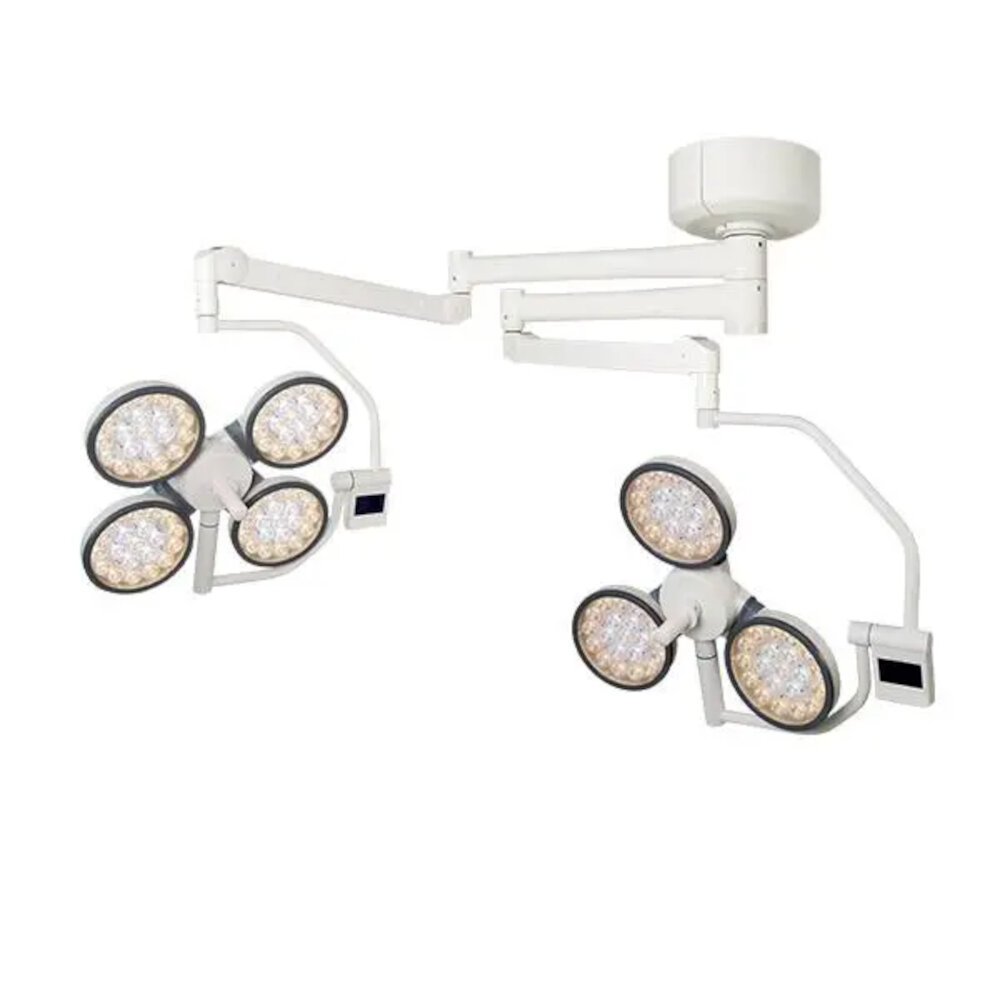
Manufacturing defects refer to errors or flaws that occur during the production of a product, which can lead to poor quality or performance issues. In the case of LED lights, manufacturing defects can cause buzzing or humming noises, flickering, or even failure of the light. Manufacturing defects can occur at any stage of the production process, from the sourcing of materials to the final assembly of the product. Common causes of manufacturing defects in LED lights include poor soldering, damaged circuit boards, and faulty components. To prevent manufacturing defects in LED lights, manufacturers must ensure that all components are of high quality and undergo rigorous testing before production. In addition, proper handling and assembly techniques must be employed to prevent damage to components during production. Regular testing and quality control checks throughout the production process can also help to identify and address defects early on, before they become costly issues for the manufacturer and the consumer. By taking these steps, manufacturers can ensure that their LED lights are of the highest quality and free from defects that can cause buzzing or other performance issues.
Manufacturing defects refer to problems that arise in the production process and affect the quality of the final product. In the context of LED lights, these defects can manifest in a variety of ways, including buzzing, flickering, and reduced brightness. Some common causes of manufacturing defects in LED lights include poor quality control, inadequate testing procedures, and the use of substandard components. These defects can not only lead to poor performance and reliability but also pose safety risks to users. As such, it is essential for manufacturers to implement rigorous quality assurance measures to detect and address these defects before the products are released to the market.
Manufacturing defects can have a significant impact on the performance and lifespan of LED lights. When LED lights are not manufactured to the highest quality standards, they may be prone to problems such as flickering, buzzing, or even premature failure. These defects can be caused by a variety of factors, including poor quality materials, inconsistent manufacturing processes, or inadequate testing and quality control procedures. In some cases, manufacturing defects may be easily corrected through simple repairs or adjustments, while in other cases, the entire LED light may need to be replaced. In order to avoid the negative effects of manufacturing defects on LED lights, it is important to choose high-quality products from reputable manufacturers and to work with trusted suppliers and distributors.
Manufacturing defects are a common cause of buzzing LED lights. These defects can include loose connections, faulty drivers, and poor quality components. To address these issues, manufacturers can improve their quality control processes, conduct thorough testing of their products, and use higher quality materials. Additionally, consumers can choose to purchase LED lights from reputable manufacturers and retailers, and should inspect their lights for any visible defects before installation. Regular maintenance and inspection of LED lights can also help prevent defects from occurring or worsening over time. By taking these steps, manufacturers and consumers can work together to reduce the occurrence of buzzing LED lights and ensure that high-quality, reliable products are being used in homes and businesses.
LED lights are a popular choice for their energy efficiency and long lifespan. However, they can sometimes produce an annoying buzzing sound. There are a few common causes of this issue, including the quality of the LED driver, the age and condition of the bulb, and the type of dimmer switch being used. Poorly designed drivers can create electromagnetic interference that causes buzzing, while older or damaged bulbs may produce more noise as they age. Additionally, some dimmer switches are not compatible with LED lights and can cause buzzing. By understanding these common causes, homeowners can take steps to address this issue and enjoy the benefits of their LED lighting without the annoyance of buzzing.
Choosing high-quality LED lights is imperative for a variety of reasons. Firstly, high-quality LED lights are more efficient and last longer than their low-quality counterparts, which can save you money in the long run. Additionally, high-quality LED lights emit a brighter and more consistent light, which can improve the visibility and overall aesthetic of your space. When it comes to preventing LED lights from buzzing, high-quality lights are less likely to produce the annoying noise due to superior manufacturing and design. Finally, investing in high-quality LED lights can also contribute to a more sustainable future by reducing energy consumption and waste. Therefore, it is crucial to prioritize quality when selecting LED lights to ensure optimal performance and longevity.
In conclusion, understanding the common causes and solutions of LED lights buzzing is crucial for anyone looking to improve their lighting experience. It is essential to note that the buzzing sound can be caused by various factors, including the type of LED bulb, the quality of the bulb, and the wiring of the lighting system. Proper installation of the bulbs, ensuring that they are compatible with the dimmer switch, and using high-quality bulbs can significantly reduce the buzzing sound. Additionally, regularly checking the wiring and replacing old or damaged wires can also help eliminate the buzzing sound. Ultimately, investing in high-quality LED bulbs and ensuring proper installation can significantly enhance your lighting experience and eliminate the annoying buzzing sound.
Conclusion

In conclusion, understanding the common causes and solutions for LED lights buzzing is crucial for ensuring a peaceful and efficient lighting experience. Whether it’s due to a faulty dimmer switch, incompatible bulb or fixture, or electrical interference, there are several steps you can take to address the issue. By identifying the root cause and implementing the appropriate solution, you can eliminate the annoying buzzing sound and enjoy the many benefits of LED lighting, including energy efficiency and longer lifespan. So, don’t let buzzing LED lights ruin your ambiance, take action and enjoy a quiet and peaceful lighting experience.


